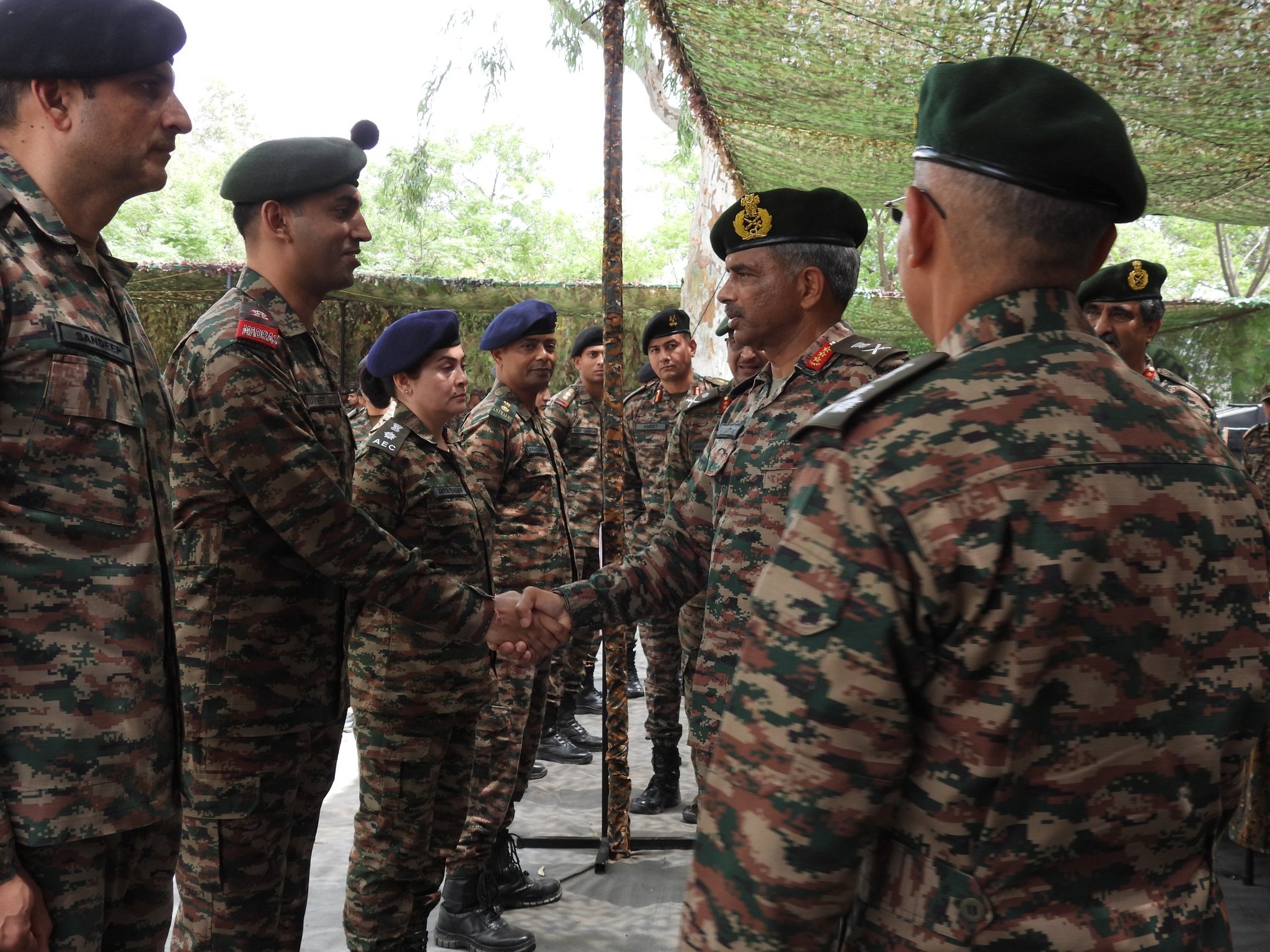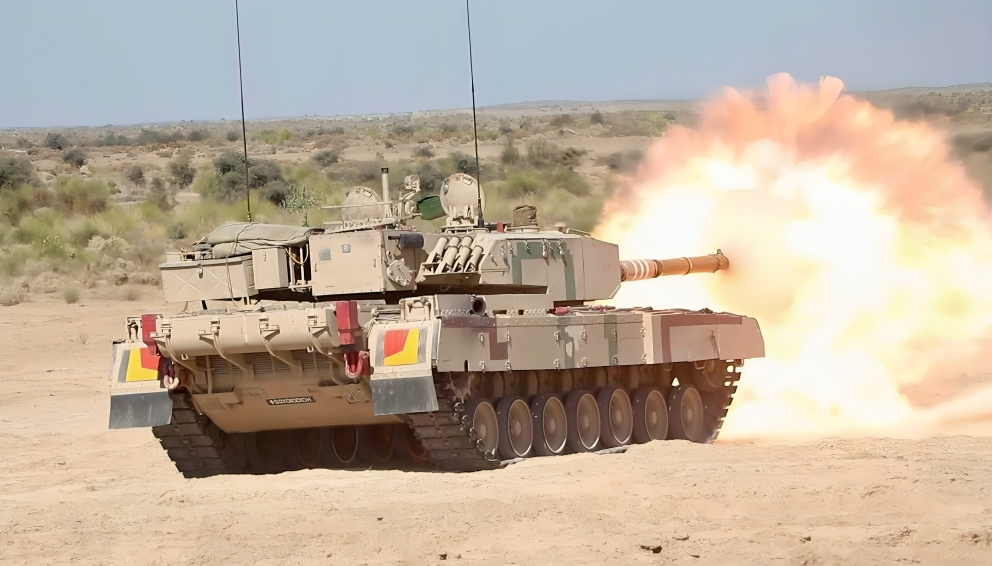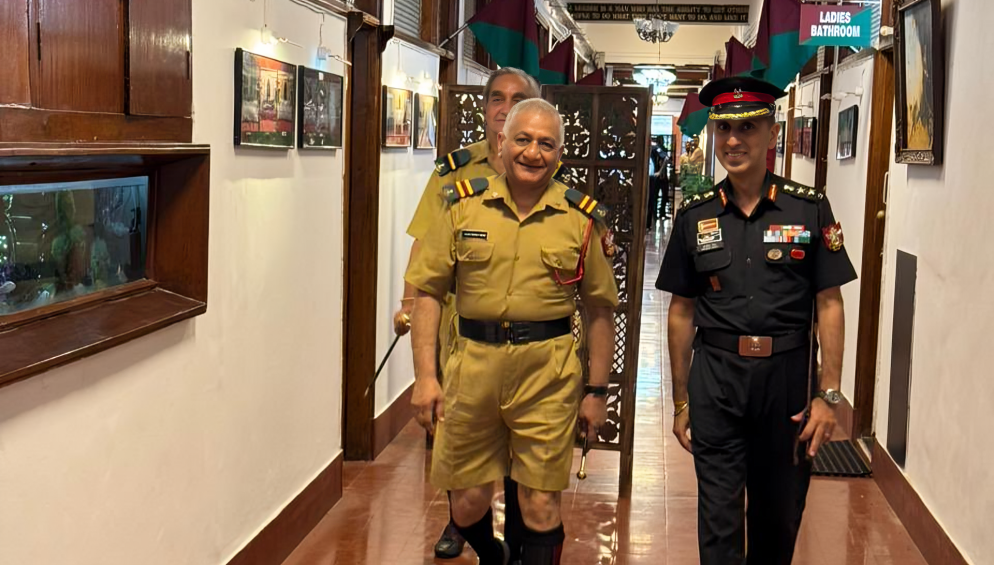Lt Gen Manoj Kumar Katiyar Reviews Kharga and Vajra Corps Readiness
Lieutenant General Manoj Kumar Katiyar, General Officer Commanding-in-Chief of the Indian Army’s Western Command, conducted a comprehensive review of the…
Indian Army Battle Axe Division Executes ‘Silent Sands, Roaring Tanks’ Exercise in Rajasthan
The Indian Army’s elite Battle Axe Division, operating under the Southern Command, has successfully wrapped up a demanding field firing…
Group Captain Shubhanshu Shukla to Pioneer Space Nutrition Research Aboard ISS
Marking a historic leap in India’s space journey, Group Captain Shubhanshu Shukla is set to conduct groundbreaking food and nutrition…
BSF Constable Ravinder Singh Honored with Army Chief’s Commendation for Bravery in Operation Sindoor
In a proud and emotional moment for the Border Security Force (BSF), Constable Ravinder Singh of BSF Jammu was honored…
General V.K. Singh Revisits Hunter Squadron at NDA
General Vijay Kumar Singh, the current Governor of Mizoram and former Chief of Army Staff, visited the National Defence Academy…
Indian Army Conducts Trials of Next-Gen Defence Technologies Across The Nation
The Indian Army has initiated large-scale trials of next-generation defence technologies at multiple key locations across the country, including Pokhran…






